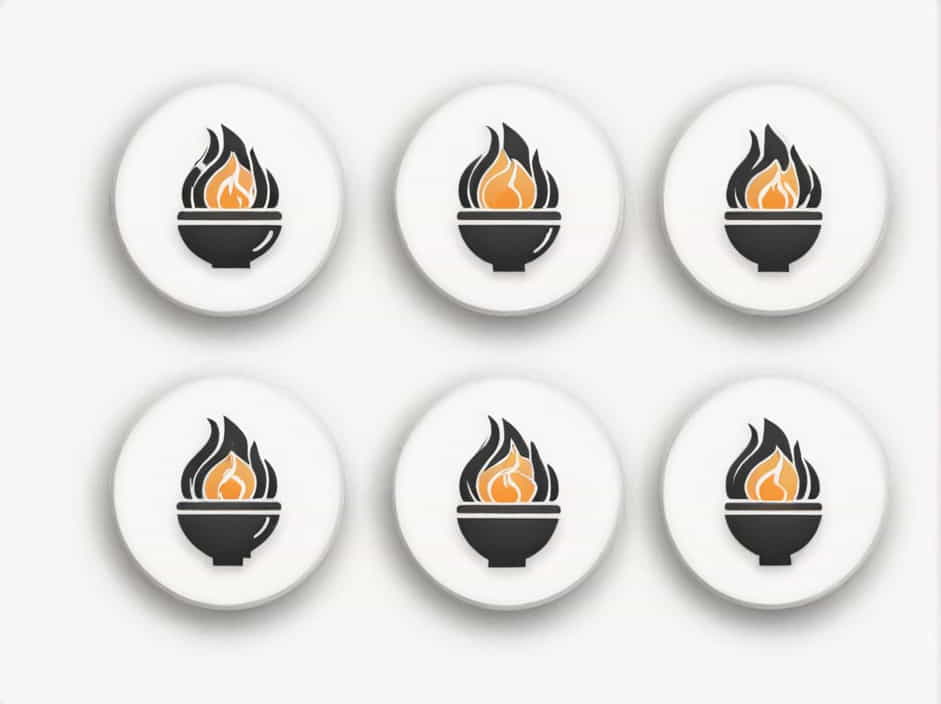The latent heat of vaporization is a fundamental concept in thermodynamics that describes the energy required to change a liquid into a gas at constant temperature and pressure. It plays a crucial role in various natural and industrial processes, including weather systems, refrigeration, and power generation.
Understanding the unit of latent heat of vaporization is essential in engineering, physics, and environmental science. This topic will explore its definition, unit measurement, significance, and real-world applications.
What Is Latent Heat of Vaporization?
Definition
The latent heat of vaporization (denoted as L_v) is the amount of heat energy required to convert one unit mass of a substance from liquid to vapor without changing its temperature.
Mathematically, it is expressed as:
where:
-
Q = Heat energy required (in Joules, J)
-
m = Mass of the substance (in kilograms, kg)
-
L_v = Latent heat of vaporization (in J/kg or other units)
This equation shows that L_v represents the energy needed per unit mass for phase transition.
Why Is It Called "Latent" Heat?
The term "latent" means hidden because this heat does not increase temperature but is used to break intermolecular bonds in the liquid. The absorbed energy enables molecules to overcome cohesive forces and transition into the gas phase.
Common Values of Latent Heat of Vaporization
Different substances have different latent heat of vaporization values. Here are some examples:
-
Water: 2260 kJ/kg
-
Ethanol: 840 kJ/kg
-
Mercury: 285 kJ/kg
-
Oxygen: 213 kJ/kg
Water has a high latent heat of vaporization, which significantly impacts weather patterns and cooling mechanisms.
Unit of Latent Heat of Vaporization
SI Unit
The standard unit of latent heat of vaporization in the International System of Units (SI) is:
This means that 1 J/kg represents the energy required to vaporize 1 kilogram of a substance at its boiling point.
Derivation of the SI Unit
From the equation:
Since:
-
Q (heat energy) is measured in Joules (J)
-
m (mass) is measured in kilograms (kg)
Thus, the unit of L_v is:
Since 1 Joule (J) = 1 kg·m²/s², we can also express L_v as:
However, the most commonly used form is J/kg.
CGS Unit (Centimeter-Gram-Second System)
In the CGS system, the unit of L_v is:
Since 1 Joule = 10⁷ erg, and 1 kg = 1000 g, the conversion is:
Thus, L_v for water in CGS units is:
Other Common Units
Depending on the field of study, latent heat of vaporization can also be expressed in:
-
Calories per gram (cal/g) → 1 cal/g = 4.184 kJ/kg
-
British Thermal Units per pound (BTU/lb) → 1 BTU/lb = 2.326 kJ/kg
For example, the latent heat of vaporization for water can be written as:
-
2260 J/g
-
540 cal/g
-
970 BTU/lb
Factors Affecting Latent Heat of Vaporization
Several factors influence the latent heat of vaporization of a substance:
1. Molecular Structure
-
Substances with stronger intermolecular forces require more energy to break apart, leading to higher latent heat values.
-
Example: Water has strong hydrogen bonding, resulting in a high L_v.
2. Pressure
- Higher pressure can alter the latent heat of vaporization. At higher altitudes, where pressure is lower, water boils at a lower temperature with reduced L_v.
3. Impurities
- The presence of impurities in a liquid can change the boiling point and affect its latent heat of vaporization.
Significance of Latent Heat of Vaporization
1. Weather and Climate Regulation
-
Evaporation of water absorbs latent heat, cooling the surrounding air.
-
Condensation releases heat, driving storm systems and cloud formation.
2. Cooling Mechanisms
-
Sweating cools the body as latent heat removes excess energy.
-
Refrigeration systems use latent heat absorption to maintain cold temperatures.
3. Power Generation
- Steam turbines rely on latent heat of vaporization to convert water into steam, driving electricity production.
4. Industrial Applications
- Used in chemical processes, petroleum refining, and distillation.
Example Problem: Calculating Latent Heat of Vaporization
Problem Statement
A 5 kg sample of water is vaporized at 100°C. If the latent heat of vaporization of water is 2260 kJ/kg, how much heat energy is required?
Solution
Using the formula:
Substituting the values:
Thus, 11.3 MJ of heat energy is needed to vaporize 5 kg of water.
Common Misconceptions About Latent Heat of Vaporization
1. Latent Heat Always Increases Temperature
- False. Latent heat is used to break intermolecular bonds, not raise temperature.
2. Every Substance Has the Same Latent Heat
- Incorrect. L_v varies based on molecular interactions and boiling points.
3. Vaporization and Evaporation Are the Same
- No. Vaporization occurs at the boiling point, while evaporation happens at any temperature.
The unit of latent heat of vaporization is primarily J/kg in the SI system, but it can also be expressed in cal/g, BTU/lb, or erg/g. This property is essential for understanding phase transitions, playing a critical role in climate systems, industrial processes, cooling mechanisms, and power generation. Mastering L_v and its units helps in heat transfer calculations and practical applications in science and engineering.
